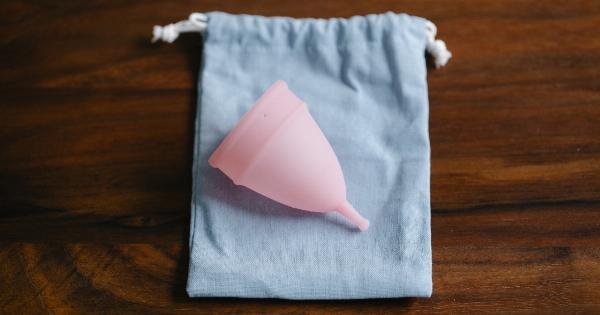Osteoarthritis is a degenerative joint disease that commonly affects older adults. It occurs when the protective cartilage in the joints starts to wear away, leading to pain, stiffness, and reduced mobility.
Although osteoarthritis is a chronic condition that cannot be cured, there are several preventive measures you can take to keep it at bay and maintain the health of your joints. In this article, we will discuss some effective prevention tips for osteoarthritis.
1. Maintain a Healthy Weight
One of the most important factors in preventing osteoarthritis is maintaining a healthy weight. Excess weight puts added stress on your joints, especially the weight-bearing joints like the knees and hips.
Losing even a small amount of weight can significantly reduce the risk of developing osteoarthritis or slow down its progression if you already have it.
2. Stay Physically Active
Regular exercise is crucial for maintaining joint health and preventing osteoarthritis. Engaging in low-impact activities such as walking, swimming, or cycling can help keep your joints flexible and strengthen the surrounding muscles.
Aim for at least 150 minutes of moderate-intensity aerobic activity per week, along with strength-training exercises that target major muscle groups.
3. Protect Your Joints
Protecting your joints from unnecessary strain and injury can play a significant role in preventing osteoarthritis.
When engaging in physical activities or sports, make sure you wear appropriate protective gear such as knee pads, wrist guards, or ankle braces. Use proper techniques and body mechanics to minimize the stress on your joints during daily activities as well.
4. Avoid Repetitive Movements
Repetitive movements, especially those involving the joints, can increase the risk of developing osteoarthritis.
If your job or daily activities involve repetitive motions, it’s important to take regular breaks, change positions, and incorporate stretching exercises to prevent overuse injuries. Use ergonomic tools and equipment whenever possible to reduce joint strain.
5. Maintain Proper Posture
Proper posture is essential for joint health and overall musculoskeletal well-being. When sitting or standing, ensure that your spine is aligned, shoulders are relaxed, and your weight is evenly distributed.
Avoid slouching or prolonged periods of sitting or standing in the same position, as it can lead to joint stiffness and discomfort.
6. Incorporate Joint-Friendly Foods in Your Diet
Your diet plays a vital role in maintaining joint health and preventing osteoarthritis. Include foods rich in omega-3 fatty acids, such as fatty fish (salmon, mackerel, sardines), walnuts, and flaxseeds, as they have anti-inflammatory properties.
Consuming a variety of colorful fruits and vegetables provides essential vitamins and antioxidants that help protect your joints.
7. Avoid Smoking
Smoking is not only detrimental to your lung health but can also increase the risk of developing osteoarthritis.
Studies have shown that smoking leads to increased oxidative stress and inflammation, which can damage the cartilage and accelerate joint degeneration. Quitting smoking is not easy, but it provides significant health benefits, including joint health.
8. Manage Stress Levels
Chronic stress can have a negative impact on your overall health, including joint health. High stress levels can lead to muscle tension, inflammation, and reduced immune function, making your joints more susceptible to damage.
Engage in stress-reducing activities like meditation, deep breathing exercises, yoga, or hobbies to manage stress effectively.
9. Prioritize Joint Care and Safety
It’s essential to prioritize the care and safety of your joints to prevent osteoarthritis. Avoid activities that involve excessive joint stress or impact, such as running on hard surfaces or lifting heavy weights incorrectly.
Use assistive devices like knee braces or joint supports if needed, and be mindful of your body’s signals to avoid overexertion.
10. Regular Check-ups and Early Intervention
Regular check-ups with your healthcare provider allow for early detection of any joint issues or potential risk factors for osteoarthritis. If you experience persistent joint pain, stiffness, or swelling, seek medical attention promptly.
Early intervention and appropriate treatment can help manage the symptoms and slow down the progression of osteoarthritis.
By incorporating these prevention tips into your lifestyle, you can reduce the risk and progression of osteoarthritis, maintain joint health, and enjoy an active and fulfilling life.
Remember, prevention is always better than cure when it comes to osteoarthritis.






























